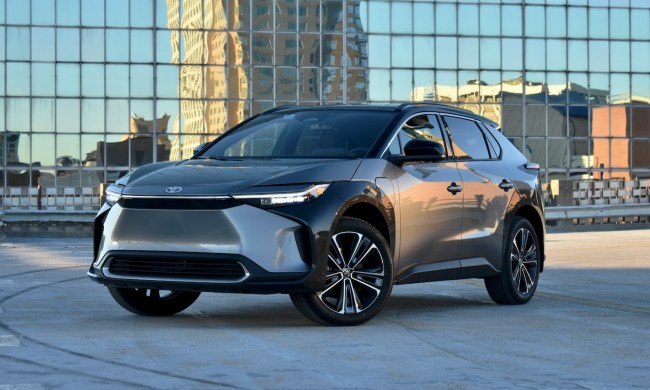Drones have exploded in popularity, but their range often leaves something to be desired. Midrange drones can reach as far as 1.5 miles, while high-end consumer drones can go as far as 4.5 miles away. Distance has been the limit to true freedom — until now. The new Parrot Anafi Ai drone uses 4G connectivity to eliminate any and all range restrictions.
You can precisely control the drone from any distance, no line of sight is required, and obstacles won’t interfere with the connection. Thanks to the embedded Secure Element, the link between your phone and your drone is encrypted. This provides thorough data privacy and reduces the risk of someone hacking and stealing the drone.
The Anafi Ai drone stands out for another reason, too: It’s the first drone in the industry to make its piloting application open-source. Parrot provides a Software Development Kit that developers can use to create custom code for the drone. This opens its flight sensors, obstacle avoidance sensors, and more up for customization, which means the potential of the custom software is limited only by developers’ imaginations.

The Anafi Ai has a 48-megapixel main camera as well as a 4K 60 frames per second/HDR10 capable camera for snagging detailed aerial images and video footage. The drone is designed with photographers in mind and is capable of taking amazing videos thanks to the stabilization around its 4K camera. The HDR10 capability means that even high-contrast areas will be captured with clarity. The camera boasts 6x digital zoom; according to Parrot, users can make out 1-centimeter-sized details from a distance of 75 meters. The gimbal tilt allows the camera to be adjusted from -90 degrees to 90 degrees along its axis.
Enhanced artificial intelligence can use photogrammetry to automatically create flight plans and improve productivity. Professional drone operators can use this feature to create flight plans based on the land registry of a building. In essence, the drone can create a 3D map and follow it to better avoid obstacles as it flies. You can think of it much like those Google Maps cars you may see out on the road, but for the skies.
There’s no need for a subscription. Any SIM card capable of sending data will work for controlling the drone. The Anafi Ai is easy to use, folds for easy storage, and can be set up and operational in just one minute. Perhaps just as importantly, it’s resistant to rain. You can fly even in wet conditions, and your photos will still look great even in high winds. The gimbal ensures sharp photos in crosswinds up to 12.7 meters per second.
The Anafi Ai is scheduled for release in the second half of 2021. No price has been given yet.



